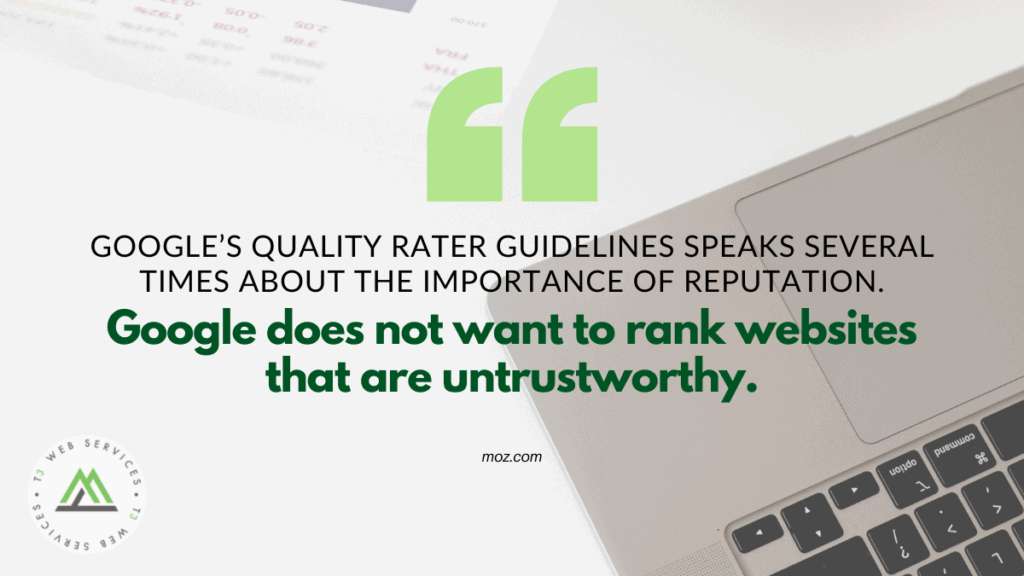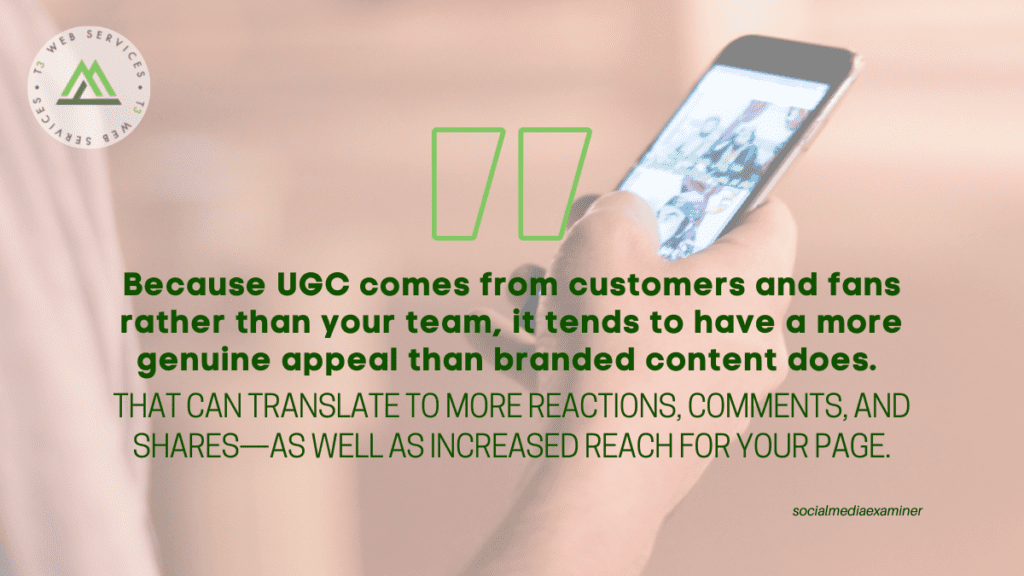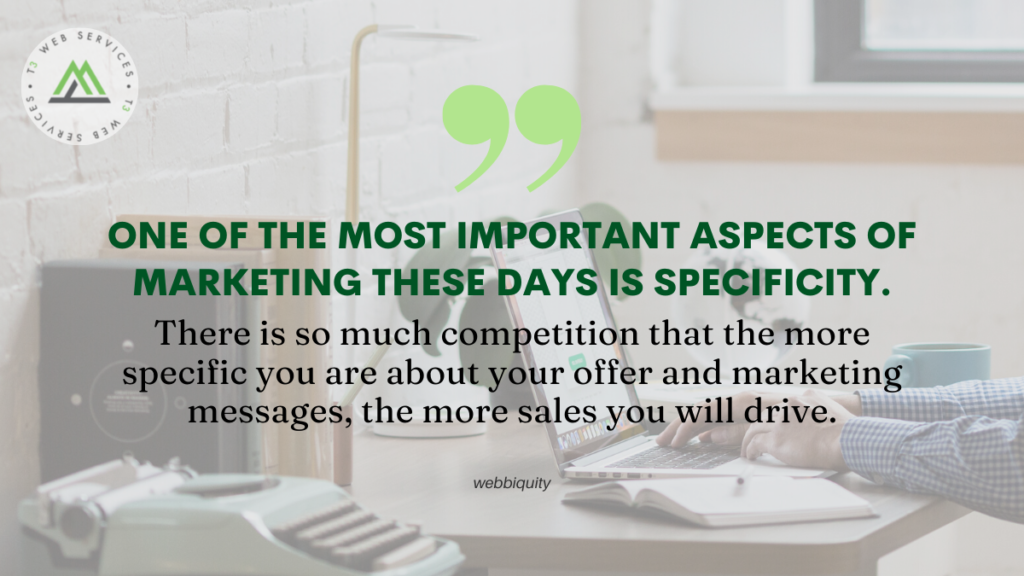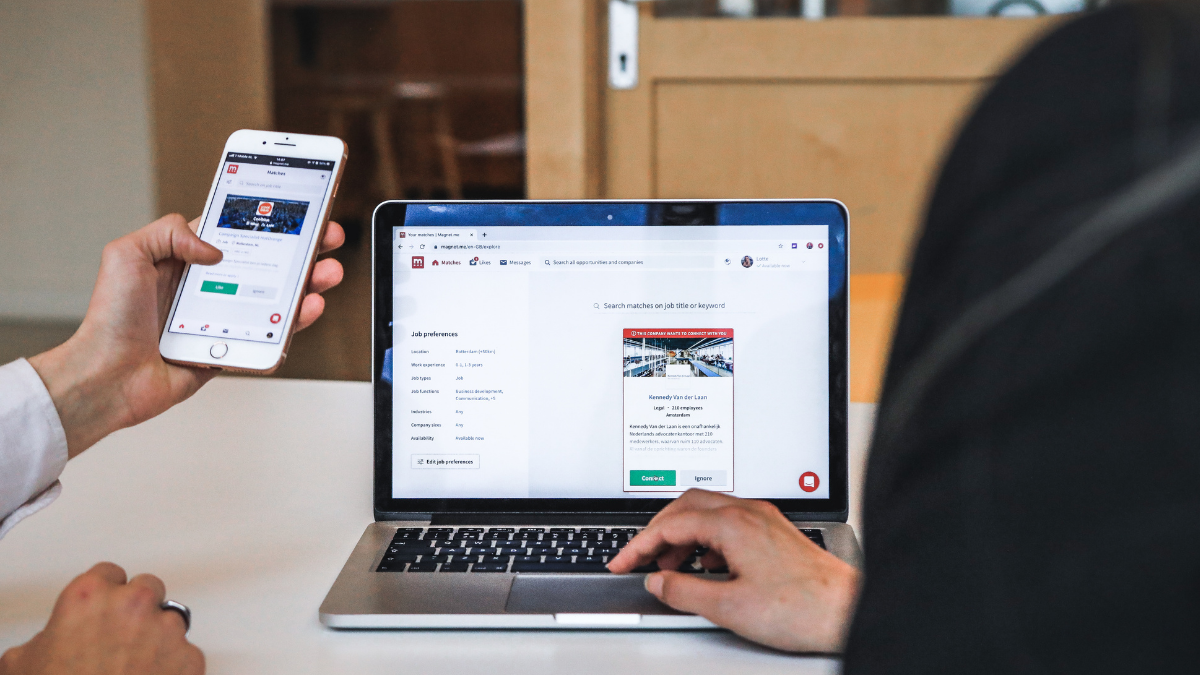When it comes to web design, we have one goal in mind: to create sites that people love. We want them to connect with our brand, love our products, and experience exceptional customer service. But most of all, we want to earn their trust and loyalty. That’s why it’s so important to focus on the human element of web design. By creating sites that are intuitive and easy to use, we can ensure a positive user experience that will keep customers coming back for more. Here are a few ways that we can achieve this:
1) Use call-to-action buttons throughout your design.
2) Make sure your website is mobile friendly.
3) Pay attention to the details in your design.
4) Create a user journey that is simple and easy to follow.
5) Use engaging visuals throughout your site/app.
6) Connect with customers on social media.
By following these tips, you can create an unforgettable customer experience that will keep your customers coming back for more!
QRG Clues to How Google Evaluates Local Business Reputation


Google employs 10,000+ people, referred to as “raters” or “evaluators” to judge webpages on the basis of the Search Quality Evaluator guidelines (sometimes referred to as the QRG).
When it comes to exploring the morass of Google’s algorithms, author and speaker Dr. Marie Haynes’ work is among the most respected in the industry and I’ve come to rely on her expertise. She has written extensively about the QRG and what it tells us about Expertise, Authoritativeness and Trustworthiness (E-A-T) and about Your-Money-or-Your-Life (YMYL) business models, and I particularly value the thoughts she shared with me about Google’s vision of reputation:
While Google’s Quality Rater Guidelines are not an exact representation of what Google’s algorithms do, we know that what’s in the QRG represents what Google is trying to accomplish in their algorithms. The QRG speaks several times about the importance of reputation. Google does not want to rank websites that are untrustworthy. What I found the most interesting in the QRG is how the raters are told to find different types of reputation information depending on the nature of the business they are researching. The guidelines say, “A website’s reputation is based on the experience of real users, as well as the opinion of people who are experts in the topic of the website.”

https://moz.com/blog/google-quality-evaluator-guidelines-and-local-reputation
To Gate or Not to Gate? Changing Trends in B2B Marketing


1 — Match Your Tactics to Your Goals
The biggest question about gating is the simplest one: Is this content intended to raise awareness, boost thought leadership, or grow your audience? Then gating is a bad choice. Top-of-funnel content should, generally speaking, be as widely accessible as possible.
However, if your goals are mid-to-bottom funnel, then gating might make sense (more on that later). This means content for folks who are actively seeking a solution or evaluating vendors. These folks are in the market for useful content that helps make that purchase decision, and gating that content makes sense.
2 — Think Bigger Appetizers and Smaller Entrees
Let’s say your organization just sponsored some hefty original research. You know there’s a ton of intrinsic value in that research for your audience. The old-school practice would be to put all of it behind a gate, with just a few stats to whet people’s appetites.
There’s so much free content available now, though, that you have to offer more value before you ask for that contact information.

https://www.toprankblog.com/2022/03/gate-or-not-trends/
How to Increase Your Facebook Reach


#1: Generate Real Conversations
From social media channels to entertainment platforms, Facebook has a lot of competition. That’s why the Facebook algorithm is trained to keep users scrolling and interacting for as long as possible. As a result, Facebook is less likely to surface content with low engagement and more likely to prioritize posts with plenty of shares, reactions, and comments.
What’s the best way to get your audience to interact with your content?
- Make bold statements. Not every post has to be a hot take. But when you share your company’s unique approach, you can differentiate your brand while inviting your audience’s support.
- Pose questions. Asking for your followers’ opinions is a great way to cultivate a community and do basic market research while showing your audience how much you value their inputs.
#2: Follow Consumer Content Preferences: Use More Video
For years, native video has been credited with the highest engagement rates on Facebook. Additionally, consumers are showing a preference for video content across all social media platforms. To keep up, Facebook continues to introduce new video tools, which means you have even more options for creating high-performing content on Facebook.

https://www.socialmediaexaminer.com/how-to-increase-your-facebook-reach/
How To Take Your Content Idea From Generic to Original


The key is knowing your first idea is likely everyone else’s first idea too. It comes to mind quickly precisely because it’s familiar, which is exactly how cliché works.
A good creative process recognizes this. A good creative process takes that first idea and asks, “What can I add to this?” A good creative process formalizes the search for a second idea to find a new way of looking at the first.

https://contentmarketinginstitute.com/articles/ideas-generic-to-original-content
Matching email content to customer needs


“One of the big gaps we noticed, especially during the advent of marketing automation, is that everybody really shifted their focus to the containers — when you were going to send something out — and a lot of engineering, data, technology, operational resources and marketing bandwidth went into that, and the content wasn’t relevant.”
The results indicated that this was a misbalance. “You have this over-engineered infrastructure and your opt-outs are going up, people are tuning out, they’re giving ghost email addresses,” said Hendricks. “The blinding flash of the obvious to us was that no one was paying attention to what goes inside those containers. That’s really the essence of what we do.”
Enterprise-level brands have hundreds of thousand or millions of customers, thousands or tens of thousands of content modules. Matching them at scale is the challenge.
Is this really operating at an individual, one-to-one level? “It’s all really around the notion of next-best-message, next-best-content,” Hendricks explained. “For a given piece of content you may have five cohorts or life-stages for a customer and let’s say, maybe, seven competing topics you want to talk to them about. Of all the things we could say, what is the customer most primed for?”

https://martech.org/matching-email-content-to-customer-needs/
Using Micro-Interactions to Drive UX


Micro-Interaction Best Practices
Here are a few basic principles you should follow when you introduce a micro-interaction to the user experience.
1. KEEP IT SIMPLE, STUPID (KISS)
KISS is a famous design principle that becomes even more important in the case of micro-interactions. The goal is to make the user journey delightful and not be a distraction.
2. KEEP IT SHORT
It has ‘micro’ in the name itself. But, again, micro-interactions aren’t supposed to be show stars, and a lengthy micro-interaction only distracts the user.
3. PICK THE RIGHT PLACE
You should always consider the options carefully before choosing the spot for any micro-interaction. The widely used user-interaction designs are popular for a reason. Many people have already approved them, so you can safely continue with them. The use of micro-interaction should also sit well with your brand image.

https://www.webdesignerdepot.com/2022/03/using-micro-interactions-to-drive-ux/
Five Uncommon Digital Marketing Tactics for Your Small Business


Publish original studies.
Creating content is an essential part of any marketing strategy. It helps people discover your brand through search engines and social media. There are many types of content you can create, but nothing beats original studies. When you create informative, actionable content based on your original research, it can generate a lot of attention.
People are naturally curious about what they peers are thinking and doing. So they’ll want to read it, share it, and even link to it helping you generate a lot of traffic, social proof, and sales from different sources.
Use quizzes.
When you run a quiz, you can ask people questions in a fun and engaging way, even before they sign up, subscribe, or download anything. This will help you send relevant emails and offers even in the first email.




Leave a Reply